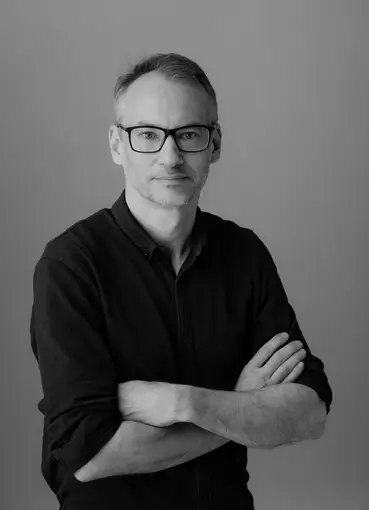Oliver Raschka is a self-taught photographer and holds a doctorate in behavioral economics. His focus is on the visual sociology of the everyday with an emphasis on trauma, identity, the family narrative, youthhood and adolescence. With more than 20 years of experience as an expert on behavioral issues in markets and organizations, he is able to capture the dynamics and peculiarities of social relationships in his photographs. This experience also helps him better understand the nature of psychological effects. For many years, the self-taught photographer has been exploring the theme of family and the search for identity in documentary form. A project that documented the everyday life of two brothers from childhood to adolescence over a total of fifteen years is the subject of two books. Oliver Raschka lives in Stuttgart, Germany.
Sorrow Is All The Pain Of Love:
Sorrow Is All The Pain Of Love is a visual diary exploring sorrow, trauma and identity. Oliver Raschka investigates how depression, personal traumas caused by drastic events, addiction issues in the family, and deep burnout manifest visually. It’s archival work with photographs from 2004-2025. By using photographs taken unintentionally and unconsciously, Oliver Raschka gains authentic and deep access to what really concerns. The confrontation with visual narratives through active trauma therapy enables alternative possibilities for action. The photographs often represent the symptoms or results of much deeper events that have shaped and preoccupied (unconsciously) a lifetime. The recontextualization of decontextualized photographs from the archive leads to a reawakened sensitivity for the original events. In essence, the work offers a deeper psychogram, showing how the unintentional and unconscious documentation of mental states in search of one's own identity are transformed into photographs in order to process these sensations. As dark as the photographs may appear, everything is ultimately infused with light, which promotes strength, inner power and clarity. The work is therefore about healing and growth and about strengthening mindfulness.
Awarded Photographer of the Week - Week 28